Rare cat breeds
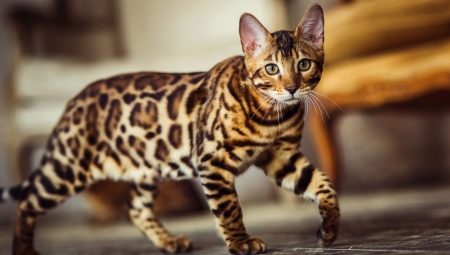
Cat lovers will be interested to know how many breeds of meowing representatives of the feline family exist. It is known that there are more than 250 of them, and all types are different from each other in appearance and disposition. One thing unites them - they are all surprisingly graceful and beautiful.
Those who wish to have a kitten of a rare breed turn to elite catteries. Exotic cats are not considered cheap to buy. Documents are attached to them, and special care is expected for them, according to the characteristics of a particular breed.

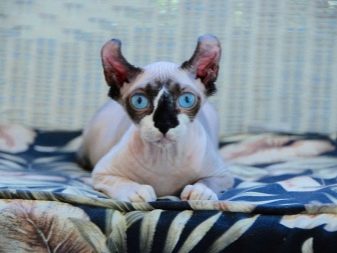
List of breeds with unusual color
Rare breeds of cats are considered not only those that were recently bred by breeders, but also ancient purebred cats that appeared naturally. They have outstanding appearance and peculiar character. But, above all, they differ in color and quality of the coat.
Burmilla
Also known as Burmese Silver. Burmilla was first brought out in the 80s. last century in Great Britain, crossing a Burmese cat and a Persian chinchilla. The breed was officially recognized 13 years later.
Distinctive external characteristics of Burmilla: short muzzle, expressive greenish or yellowish oval-shaped eyes, short cream-colored fur with a silvery sheen and dense snow-white undercoat. Friendly and balanced, sociable and loyal cats. At the same time, they easily experience loneliness, without requiring increased attention.
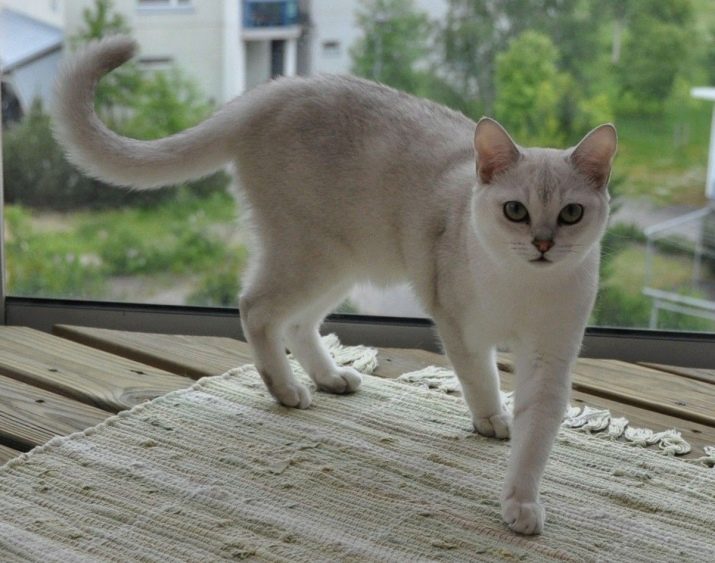
Nibelung
A breed with an unusual name, which means "child of the fog". It is believed that the Nibelungs are descended from the Russian blue cats. For the first time, the Nibelungs became known at the beginning of the last century, and the breed was officially recognized in 1987.
The Nibelung has a luxurious long thin coat of a bluish shade, shimmering with silver. A small muzzle and large expressive eyes of an emerald hue. They are sociable and playful animals, distinguished by a special affection for their owners and difficult to experience separation from them.
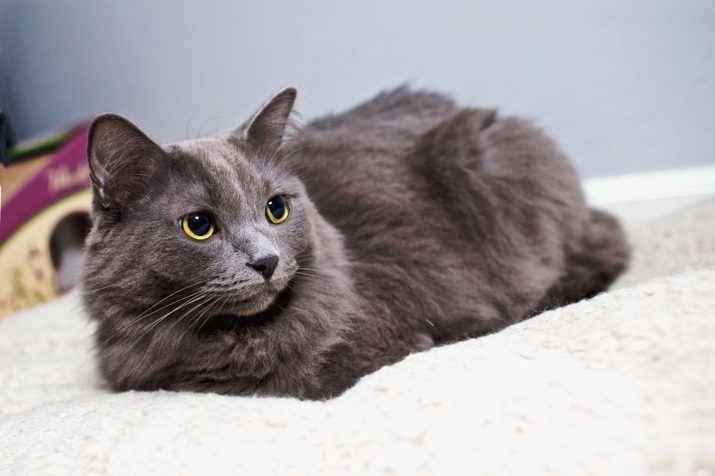
Shiny Californian
Breeders bred this breed as a result of numerous attempts to cross representatives of various purebred cats. For 10 years, experts have been trying to get an animal that visually resembles a royal cheetah, only without an admixture of wild blood.
Only domestic cats were used for crossing: Angora, American Shorthair, Siamese, British and Abyssinian breeds. The breeders achieved the desired result in the 80s. last century. The resulting individual is distinguished by large, slightly slanted eyes, there are curves at the tips of the small ears, and the elongated tail towards the end has a darker shade.
The coat has a standard leopard (jaguar) color for the breed. Representatives of this breed are distinguished by their sociable and good-natured disposition. Active pets need regular outdoor walks.
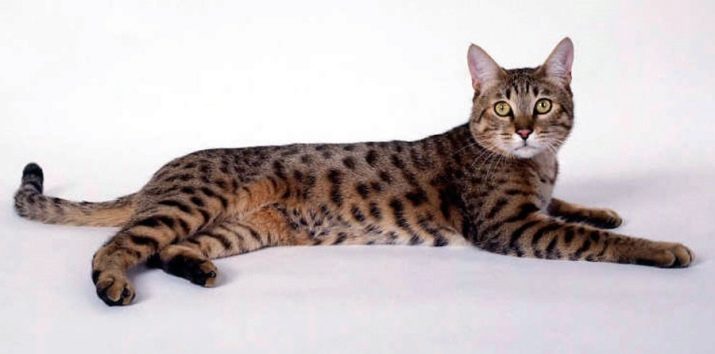
Singapore
The ancestors of this rare breed are mongrel cats brought to America from Singapore. Breeders became interested in the interesting color and miniature size of the Singapore cats. They began to try to cross with Burmese cats.
The new breed was officially recognized in 1984. Singapore is considered a national symbol in its homeland. Its export outside Singapore is strictly controlled.
Miniature cats are distinguished by their low weight (up to 3 kg). They have a short, close-fitting coat and an elongated tail. Slightly slanted and rather large eyes, slightly inverted large auricles. A distinctive feature of Singapore is the ability to stand on its hind legs for a long time.
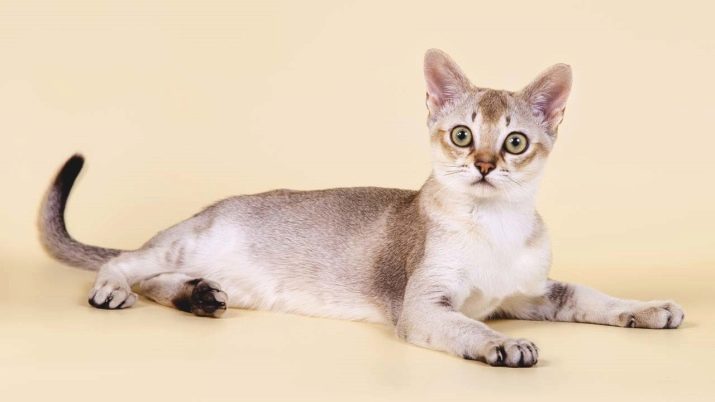
Toyger
Mini version of a domesticated tiger. The breed was bred at the dawn of the 1990s. breeder Judy Sugden by crossing a Bengal domestic shorthair cat with a street cat with an unusual striped head color. The cat was brought from Indian Kashmir and became involved in the emergence of offspring with a long body and hair, decorated with circular clear vertical stripes.
The upper part of the muscular body of the toyger is orange, like that of a tiger, and the inside is white. For each individual, the stripes form a unique pattern. The weight of the animal is 3-7 kg. Toygers are easy to train and very intelligent. These are companionable pets with a balanced character.
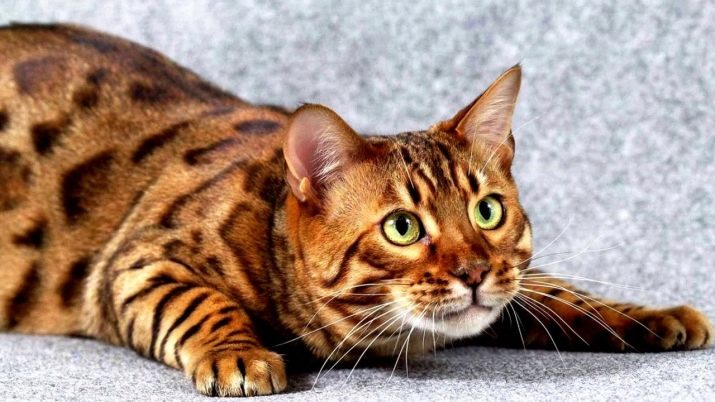
Sokoke
A very rare species of cats, whose ancestors were individuals from the Kenya nature reserve. Sokoke is distinguished by its brindle appearance. It is a wild-looking pet with a calm and friendly disposition.
Sokoke has an exquisite golden coat with intricate patterns. Aboriginal people compare this color with the pattern of the bark of a tree.
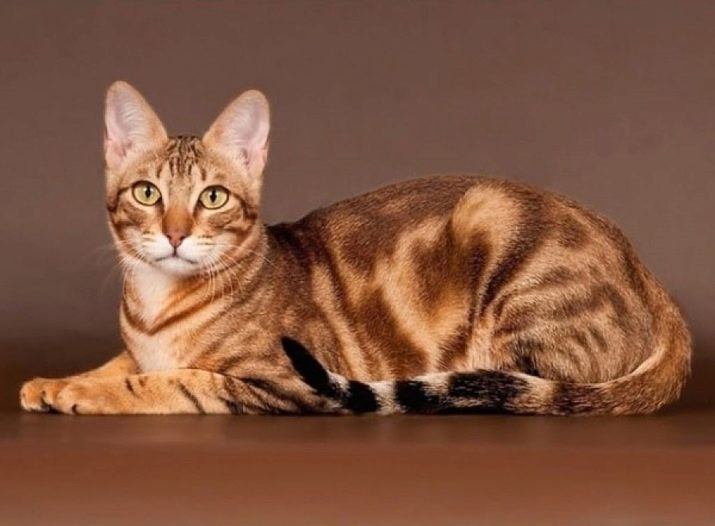
Bengali
The breed was obtained as a result of crossing a domestic cat with an Asian leopard. The peculiarity of Bengals is that they are not just not afraid of water, but even like to swim. In addition, despite their impressive size (up to 8 kg), they prefer to sit on the shoulder of the owner.

Valuable fluffy cats
Usher
The most expensive among cats in the world is a young and rather rare breed - Ashera. For the first time, exotic cats were introduced in 2015, and the breed was named after the goddess Ashera, but so far it has not been officially recognized.
Ashera was obtained by crossing a wild Asian leopard cat and a domestic cat with an African serval. Exotic cats weigh up to 14 kg and grow up to 1 meter in length.
The breed is valuable because it is hypoallergenic, and the representatives themselves are friendly and calm. These cats easily get along with babies and different pets.
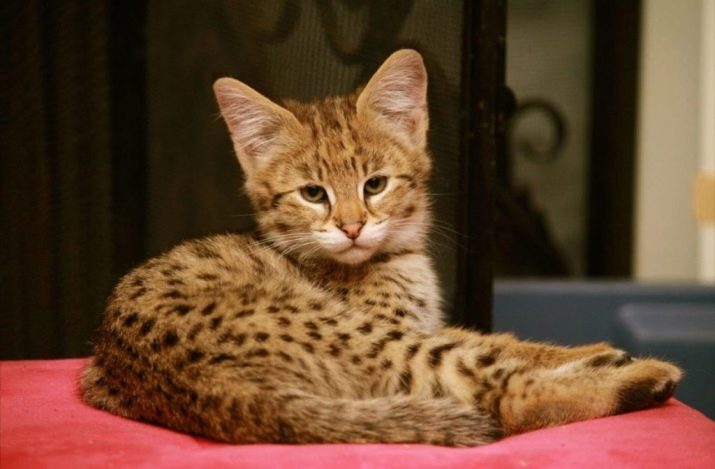
Caracal
The breed is endangered. Just a few years ago, the caracal turned from a wild predator into an exclusive and prestigious pet.
Therefore, the purchase of a caracal kitten contributes to the preservation of this unique species.
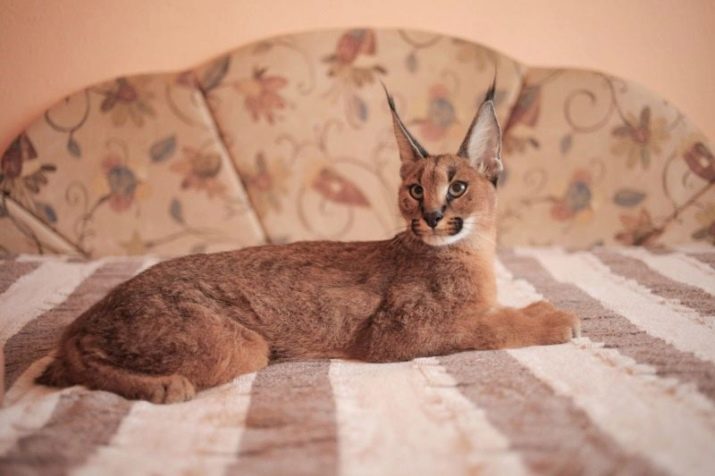
Savannah
The breed appeared by crossing the African Serval with a common domestic cat. The result is impressively large cats, reaching a mass of 15 kg in adulthood. The height of such an individual is about 60 cm.
Savannah celebrates high intellectual level, calm and inquisitive nature. Wherein cats are active, approve of water procedures, walks and outdoor fun.
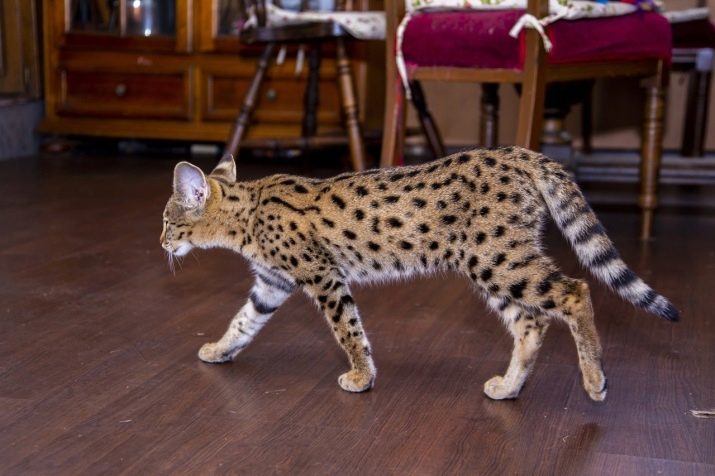
Chausie
A rare breed that appeared by crossing a domestic cat with a swamp lynx. The result of selection is a very sociable animal that can hardly tolerate loneliness.
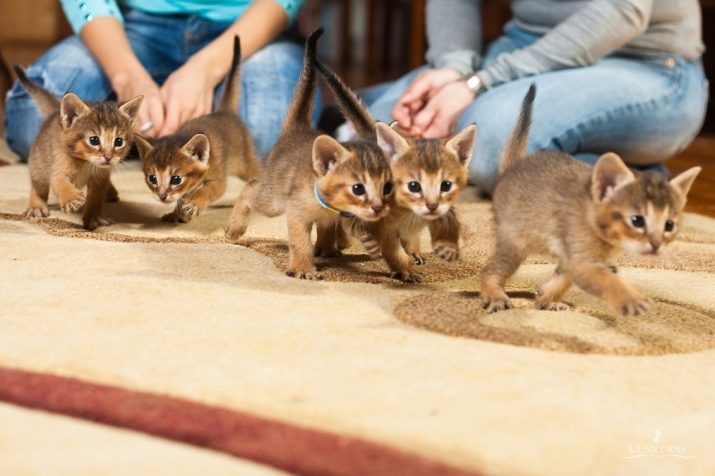
Kao-mani
The mention of kao-mani dates back to the period from 1350 to 1767. In ancient Siam, only representatives of royal families could afford to keep such a cat. In the East, kao-mani was considered a talisman of good luck, promising the owners long years of comfortable life.

Safari
A rare breed emerged from a cross between a domestic cat and Geoffroy, a South American wild cat. These animals first appeared in the States in the 1970s. They were taken out to study leukemia. Safaris are large pets, the average weight of an adult sobi is 11 kg.
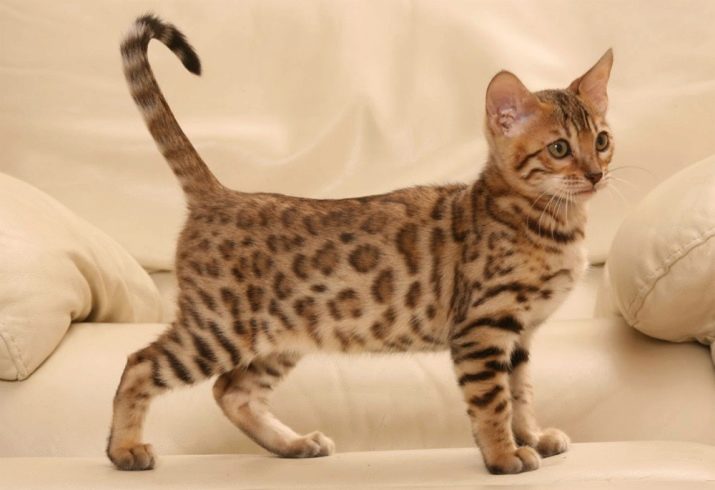
Laperm
A unique breed that has existed since 1980. Curly Laperm is native to the USA. The second name of the breed is American Rex. It differs from other cats not only in curly hair, but also in an extremely melodic timbre of voice.
Kittens of the Laperm breed are born bald or with straight hair, it acquires a curly and soft structure during the growth of the kitten. The breed is considered hypoallergenic. Most often, laperm becomes attached to someone in the family.
Pets adapt easily to different conditions and are considered great hunters.
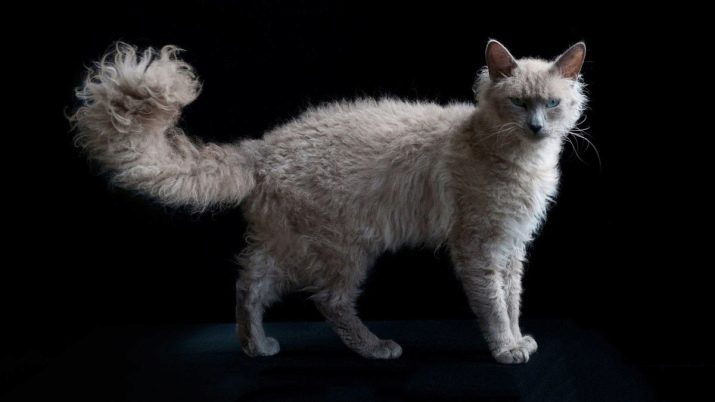
American Wirehaired
The ancestor of the breed is considered to be an extraordinary curly kitten from one of the American farms. The breeders managed to cross him and the American Shorthair cat. To date, this breed of cats has been recognized only in their homeland and in Canada.
The peculiarity of cats is the wool of the astrakhan type: curly, hard and thin. The disposition is flexible and independent. They get along well with babies, as well as other animals under one roof.
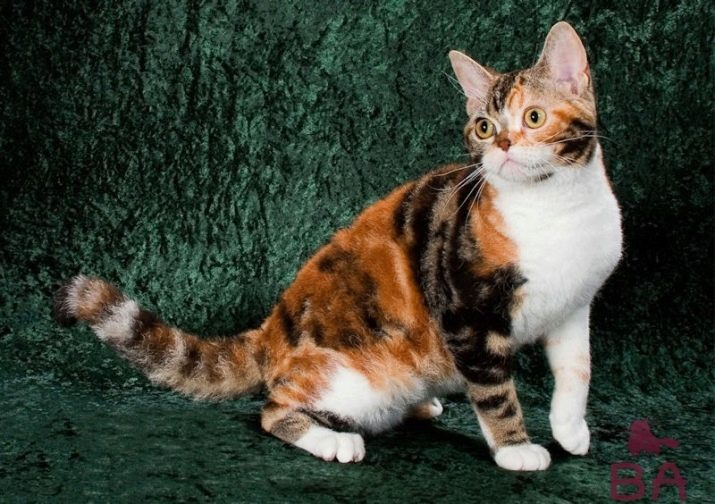
Ragamuffin
Appeared in the United States as the descendants of a purebred cat and an American ragdoll. They were originally called "cherubs". Officially, these adorable cats were recognized as a separate breed relatively recently - at the dawn of the XXI century.
These are large cats, weighing up to 10 kg. They are distinguished from ragdolls by a variety of coat colors. Pets have a playful and kind character.
Ideal for keeping in large families with children.
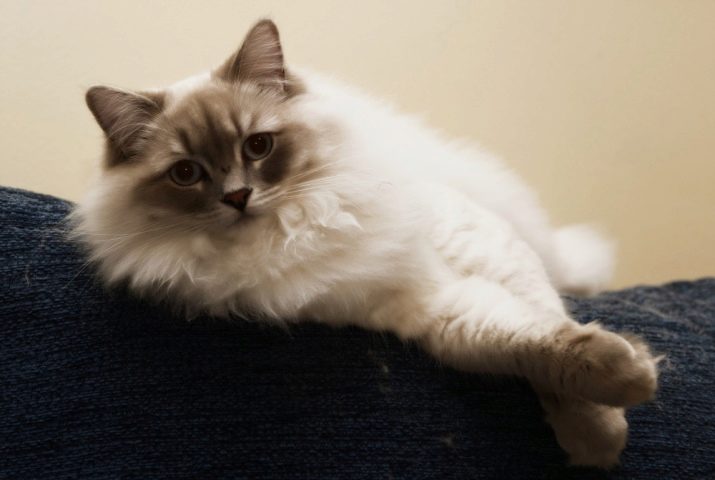
Turkish van
A rare and fairly ancient breed of cats, named after Lake Van, where it was first discovered. Breeders started breeding these cats in the last century, but in Europe they existed much earlier. For a long time, the breed was not officially recognized. In Europe, representatives of the Turkish Van were registered only in the 70s of the XX century.
Some specimens of this breed are distinguished by their peculiarity - one of their eyes is colored blue, and the other has a yellowish tint. According to the standard, both multi-colored and the same eye color are allowed. The Turkish van differs from other purebred cats by its large membranes between the toes on the forelimbs.
These are very mobile and characteristic animals that need increased attention to themselves and regular walks on the street. They love water, fishing and swimming.
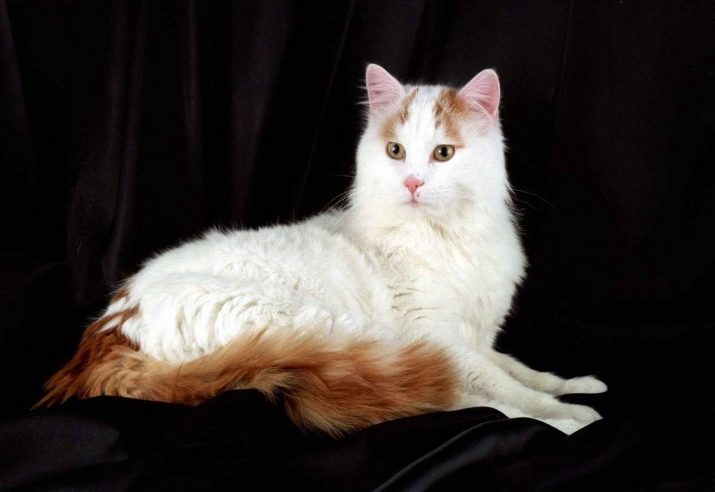
Munchkin
A short-footed variety of the feline family. Munchkin's ancestors are stray cats found in America. The shortened limbs are the result of a genetic mutation, and the appearance in the litter of these unusual kittens is influenced by the achondroplasia gene in the feline genotype. The Munchkins were officially singled out as a separate breed in the 80s of the XX century.
Despite the unusually short legs, cats of this breed can easily climb onto objects located on a dais. They are friendly in nature. The cutest kittens are delighted with communication with children and pets.
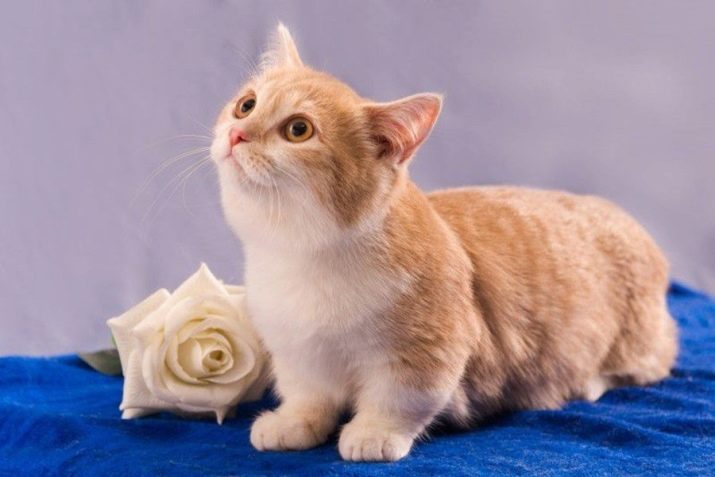
Napoleon
Rare and one of the youngest purebred cats. Adorable pussies are a cross between a Persian cat and a munchkin. The world owes their appearance to a dog breeder from the United States. For a long period of time, these exotic cats did not want to be officially recognized, only 10 years after their appearance, they were registered in the States.
Napoleon is a Persian dwarf cat with non-standard shortened limbs. It weighs up to 2 kg. Cats of the Napoleon breed are divided into two types: with short and long legs (extreme and classic).
Also, animals differ in the length of the coat. The breed is somewhat reminiscent of Persian cats, but the muzzle is more flattened. Napoleons are endowed with an affectionate and patient character. The miniature relatives of the Persians are easily adaptable to any conditions.
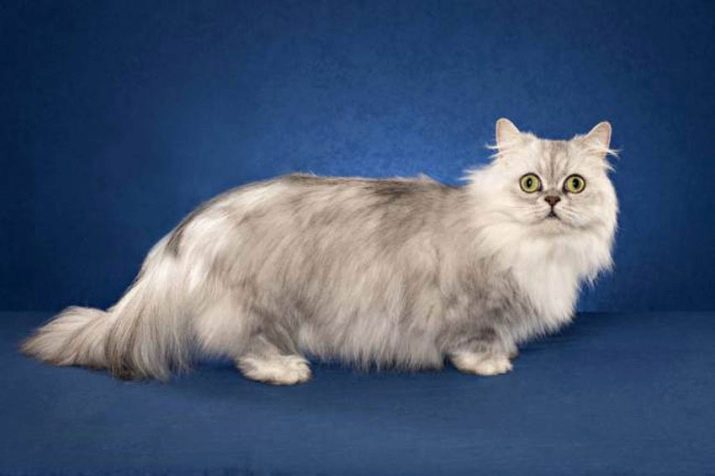
Snow shu
Adorable graceful and large pets, also called Silver Lakes, were obtained as a result of crossing two breeds: Siamese and American Shorthair. The selection of these muscular felines has been carried out since the 60s of the XX century, but in the United States it was recognized only two decades later. In Europe, the breed was registered 30 years after breeding. The peculiarity of the breed is the absence of undercoat.
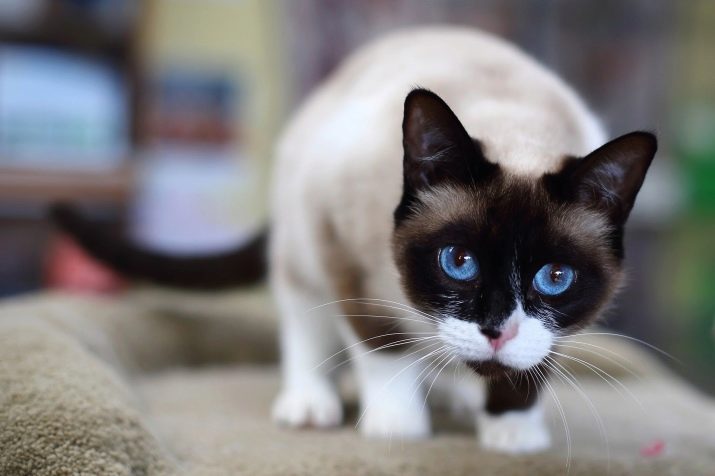
Manx
Unusual rare tailless cats have existed for over 200 years. The breed arose due to a genetic mutation, and then was improved by breeders. A distinctive feature of the Manx (in addition to the absence of a tail) is the elongated hind legs. This structure makes pets look like rabbits.
The Manx has a thick, dense and short coat, a round muzzle and large eyes. They are distinguished from other purebred cats by a rather weak vestibular apparatus. Therefore, they almost never climb high ground. At the same time, the breed is distinguished by a developed hunting instinct, playfulness and devotion.
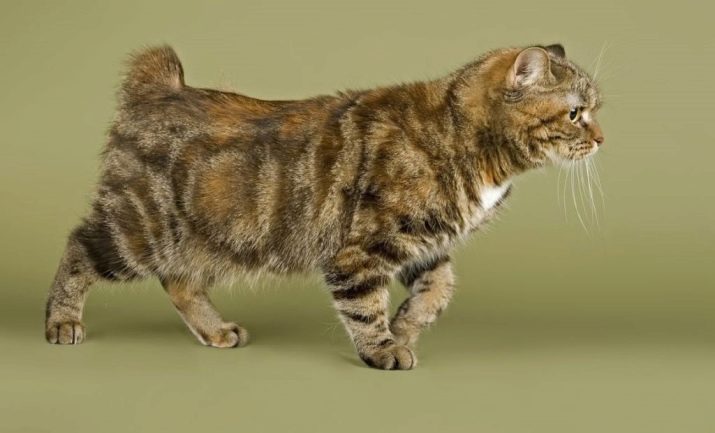
Bombay
Outwardly, this breed has a clear resemblance to the Burmese. The Bombays have a strong constitution and a wild appearance. The coat of the representatives of this breed is coal-black, and the eyes are bright yellow. The breed owes its appearance to a breeder from the United States.
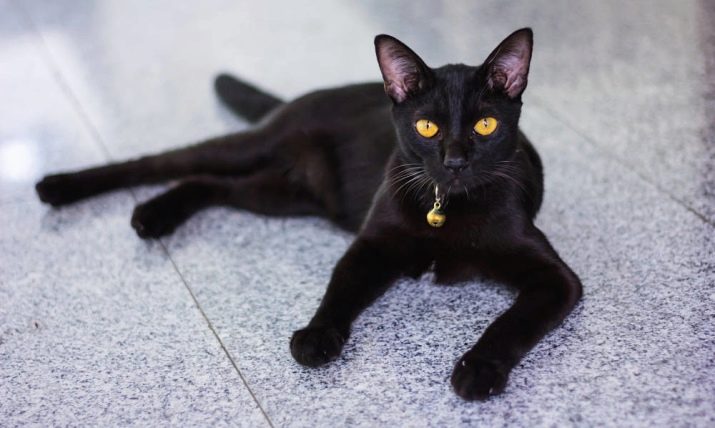
Norwegian Forest Cat
The ancestors of this cat were bred by the Vikings 2000 years ago. The seemingly cute and fluffy cat is able to withstand very cold weather conditions and is famous for its excellent disposition.
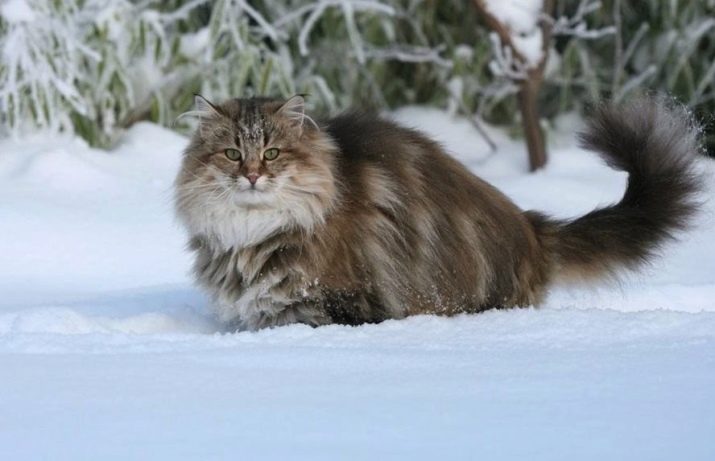
Himalayan
This cat breed is very similar to the Persian, but differs in the color of blue eyes and color-point coat. The breed was bred in the States in 1950. Himalayan cats are generous with affection, obedient and kind.
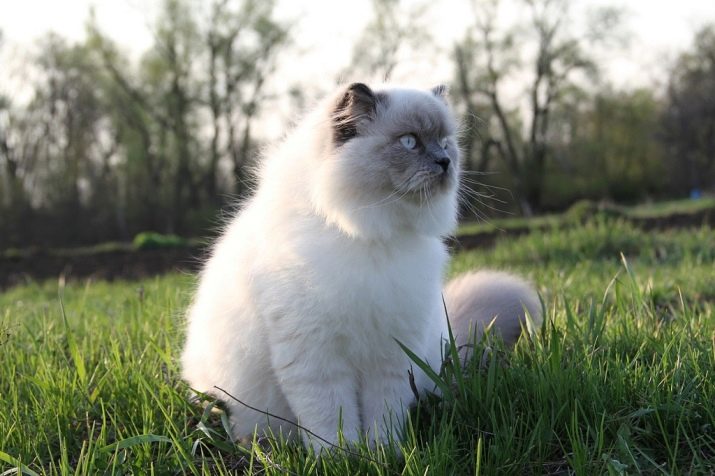
Scottish lop-eared
The breed's trademark is its cute hanging ears - the consequences of a gene mutation. These intelligent animals are able to get along with every member of the family. Another difference between the breed and the rest is the ability to stand on its hind legs in order to see something interesting.
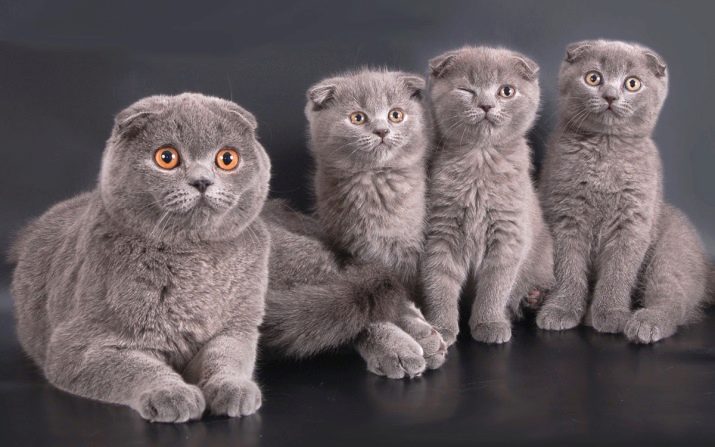
Maine Coon
One of the largest cat breeds in the world (5-15 kg, 1.23 cm). But behind the formidable look, there is an affectionate and playful character.
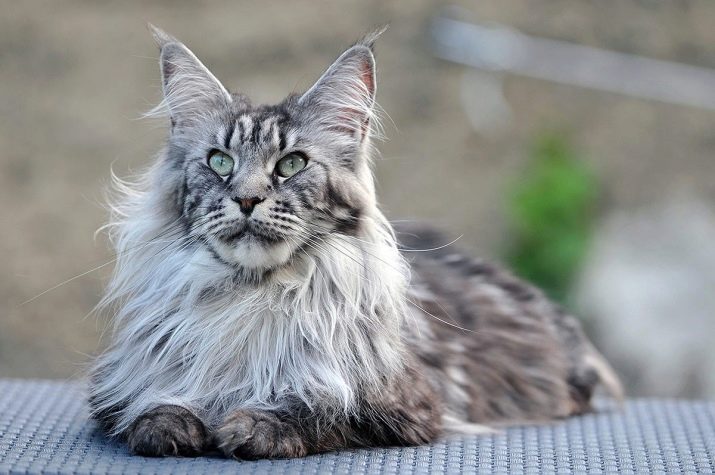
Serengeti
The large breed was developed in California in the late 90s. Adults weighing about 12 kg are sturdily built, have large ears, spotted coloration and very long limbs.
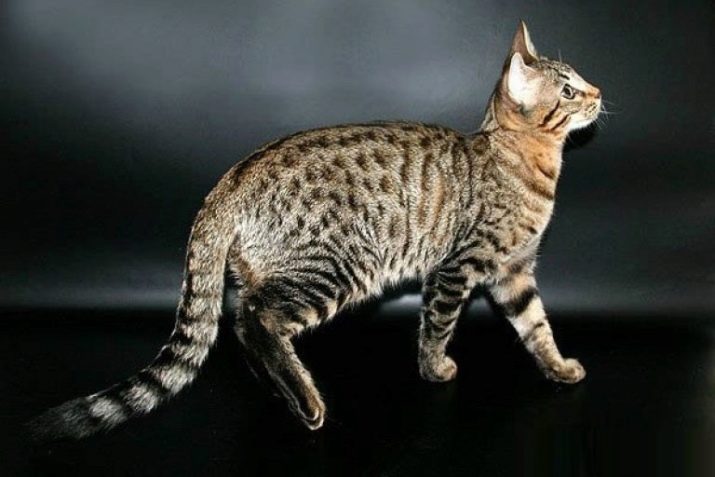
American curl
The breed was bred in California in 1981. Newborn individuals differ little from ordinary cats in the first ten days of life. Their ears then take on an unusual curved back shape, reminiscent of small horns.
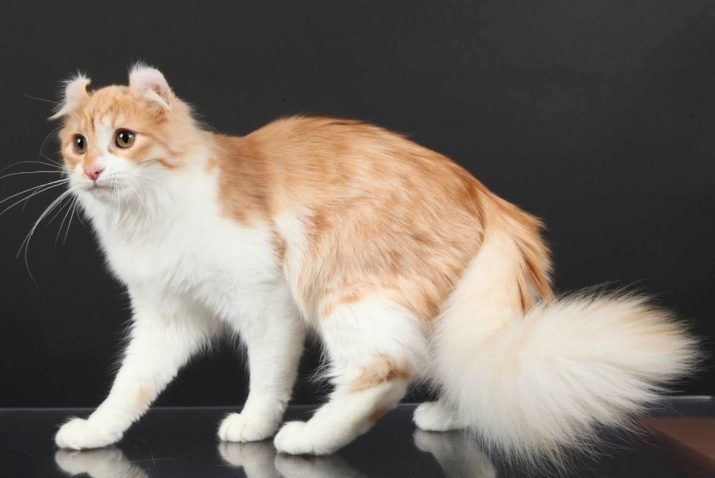
The rarest short-haired and hairless species
The first mentions of cats without a wool cover are found in the history of Ancient Egypt, where these animals were preferred to be kept in palaces. After that, for many centuries, no information about them has been reported.Only in 1903, from a book by Francis Simpson, did readers learn about bald cats that he inherited in Mexico from the leader of one tribe. The author was delighted with their intelligence, the ability to understand the owner's speech and the desire to swim.
Since then, information about "hairless" cats periodically appeared on different continents. An unusual breed was shown at exhibitions.
It is believed that the reasons for the birth of cats without hair are mutations in a gene that is responsible for the presence of hair in animals.

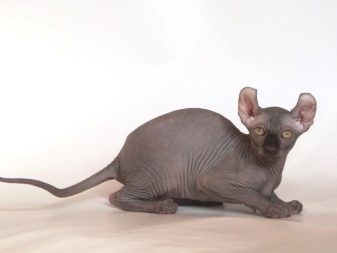
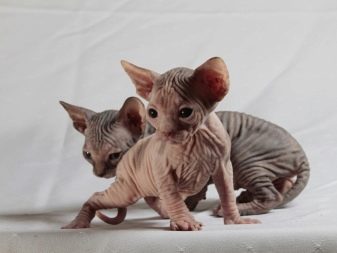
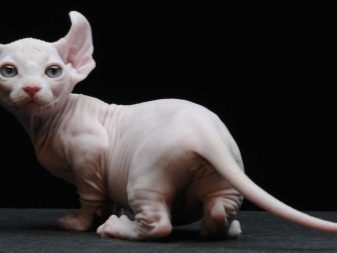
Elf
The breed is considered young, since it was bred by American breeders in 2006 by crossing the Curl with the Sphynx. The breed was officially registered in 2007.
Outwardly, the rare breed went to the Sphynx, and the unusual inverted ears were inherited from the Curls. Elves have thick skin and expressive eyes of dark yellow color of large size. These are pets with an incredibly kind disposition. They are affectionate with small children, affectionate and cannot stand loneliness.
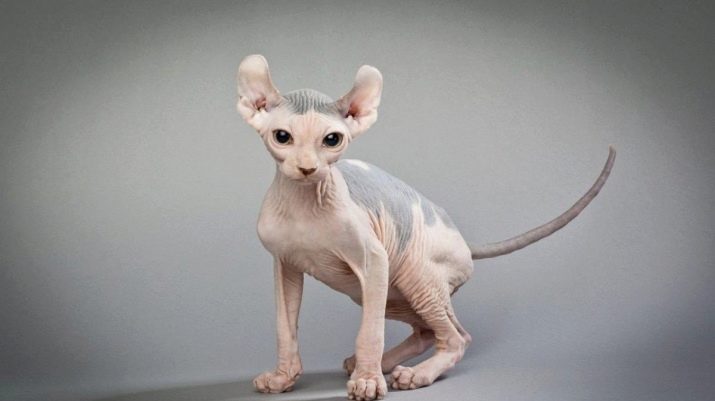
Russian blue
A popular shorthaired cat breed. It has been known outside Russia since 1893. It is considered a talisman that brings good luck to the owners.
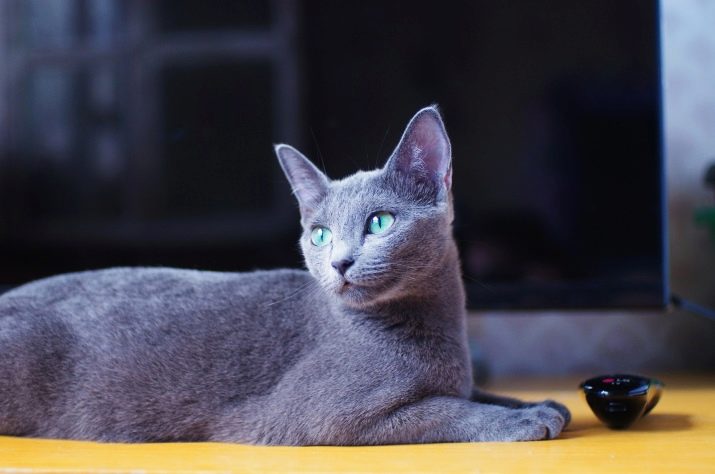
Egyptian mau
The outward signs of these cats have remained unchanged for 3000 years, since they appeared in Ancient Egypt. The peculiarity of the breed is the spotted color, which appears on the coat and skin of pets.

Peterbald
Petersburg Sphynx is a breed bred in 1994 in Russia. Elegant cats look graceful even as kittens. They have a long body and large ears. The body is sometimes not completely bald, but covered with light down. The character of such pets is kind and sociable. Easy to train.

Devon rex
The shorthaired breed is considered hypoallergenic. Its name comes from the English town of Devon, where Rexes were first bred. Their appearance is very unusual, but very popular. At the same time, cats are smart and adapt well to society.
The short, muscular body of the Devon Rex is combined with high legs and a long neck. Pets have a long tail and wavy coat. Rex owners claim that kittens are capable of changing facial expressions: from incredibly offended to an emphatically romantic expression of the face.
Devon Rex are trainable. Individuals of this breed are distinguished by an active disposition and friendliness. Devon Rex is very attached to the owner and seeks to avoid loneliness.
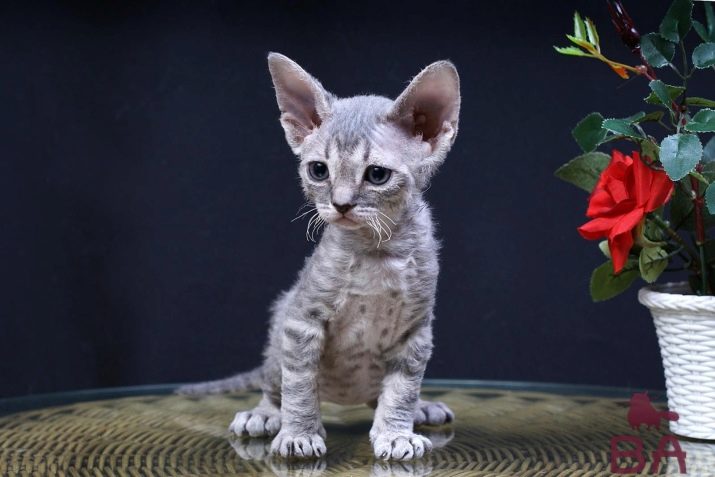
For the 5 rarest cat breeds in the world, see the next video.

































Very beautiful cats!)
Agree))